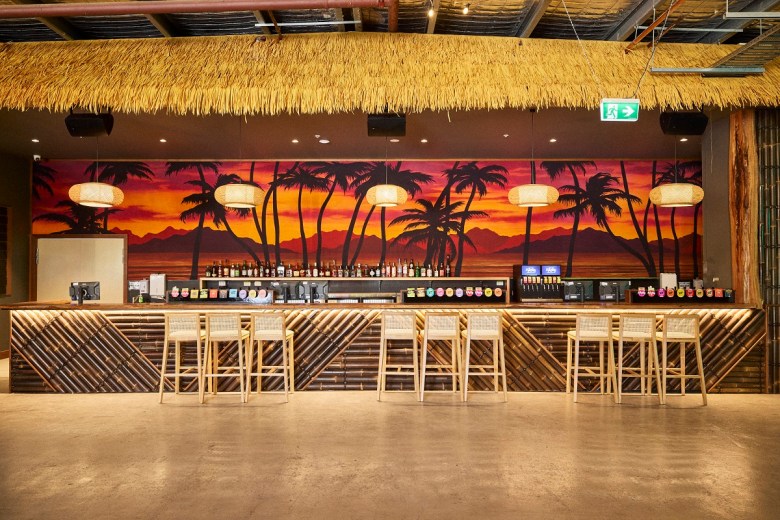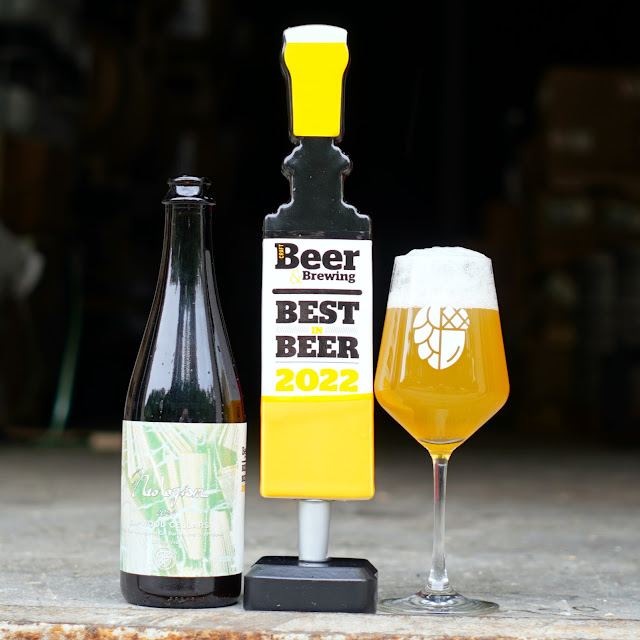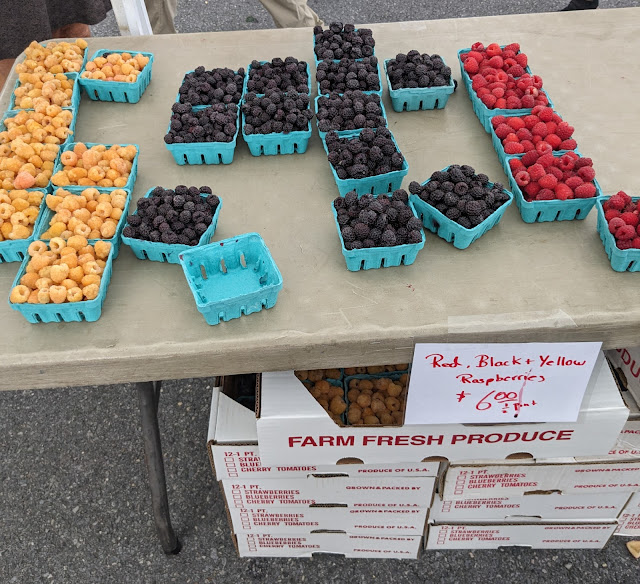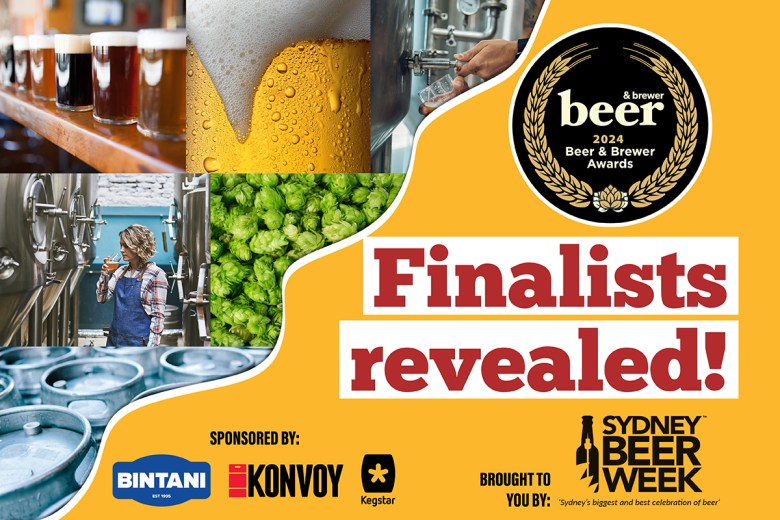Jack McAuliffe, founder of New Albion Brewing, turned a homebrewer’s dream into America’s first modern craft brewery, inspiring generations with his resourcefulness and bold vision.
The post Celebrating the Life of Jack McAuliffe appeared first on CraftBeer.com.

 Independent WA craft brewery, Beerfarm, is building a new brewery and taphouse on the NSW Central Coast.
Independent WA craft brewery, Beerfarm, is building a new brewery and taphouse on the NSW Central Coast.  Moon Dog Beach Club in Frankston will open its doors on 20 December offering four bars and a beer garden.
Moon Dog Beach Club in Frankston will open its doors on 20 December offering four bars and a beer garden. 













 The votes have been counted and we are delighted to reveal the finalists for the 2024 Beer & Brewer Awards.
The votes have been counted and we are delighted to reveal the finalists for the 2024 Beer & Brewer Awards.  One of the pioneers of Australia's craft beer scene is hanging up his boots at 'The Lord' after 40 years of brewing.
One of the pioneers of Australia's craft beer scene is hanging up his boots at 'The Lord' after 40 years of brewing. 
 2024 Queensland Royal Emerging Queensland Brewer Daniel Thomsen on his dedication to learning and his work at Slipstream Brewing.
2024 Queensland Royal Emerging Queensland Brewer Daniel Thomsen on his dedication to learning and his work at Slipstream Brewing.  Breweries from across the country are celebrating the annual Australian hop harvest with hop festivals and fresh brews.
Breweries from across the country are celebrating the annual Australian hop harvest with hop festivals and fresh brews. 






